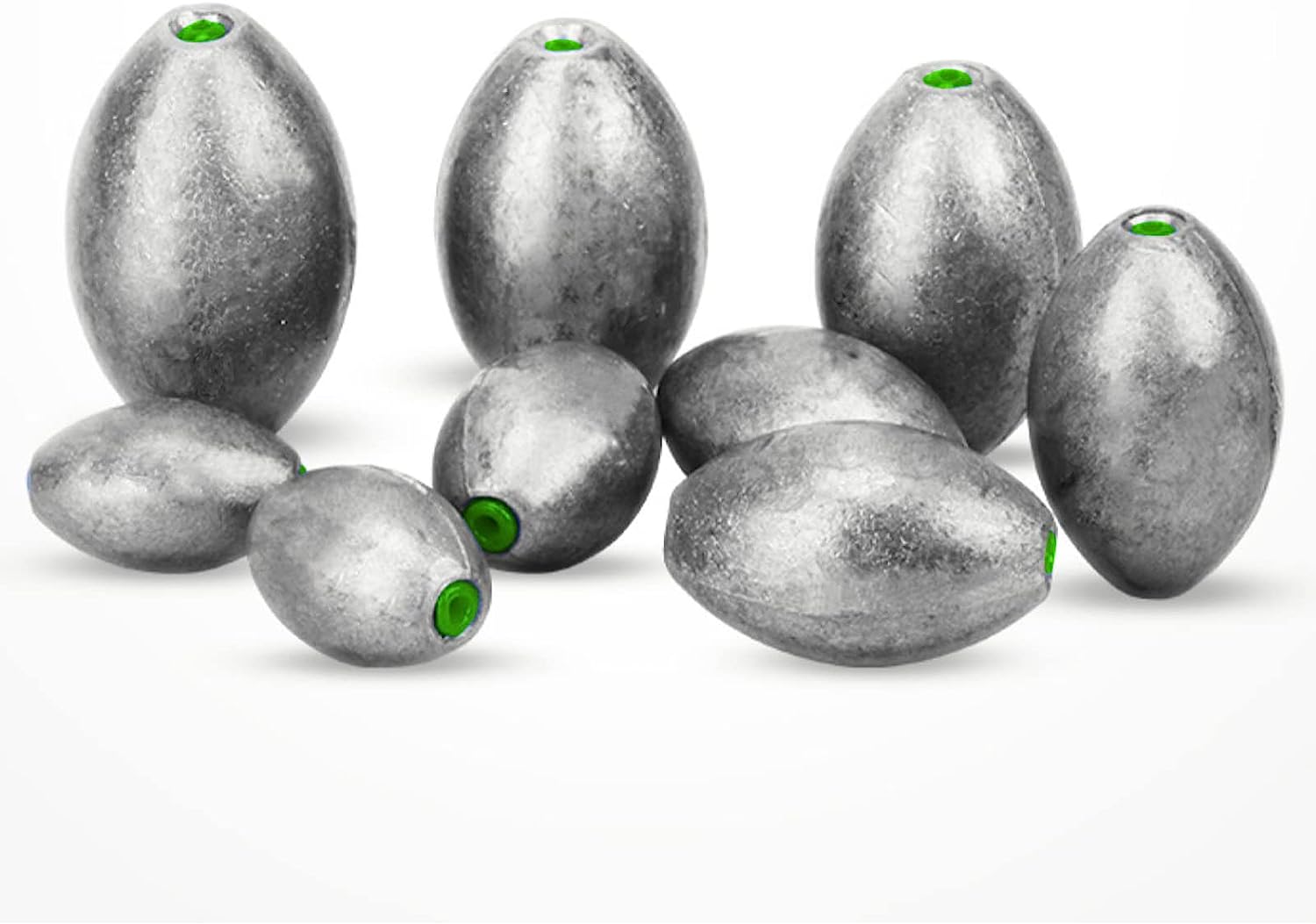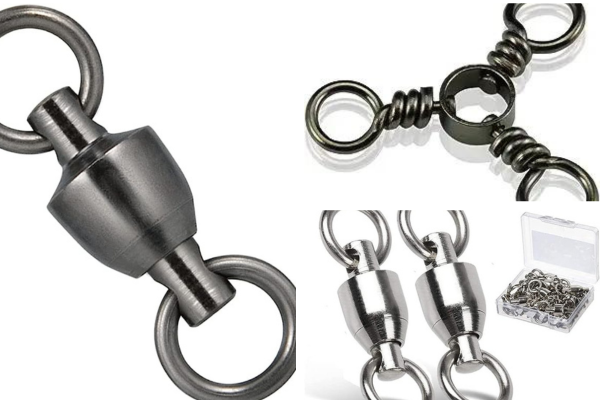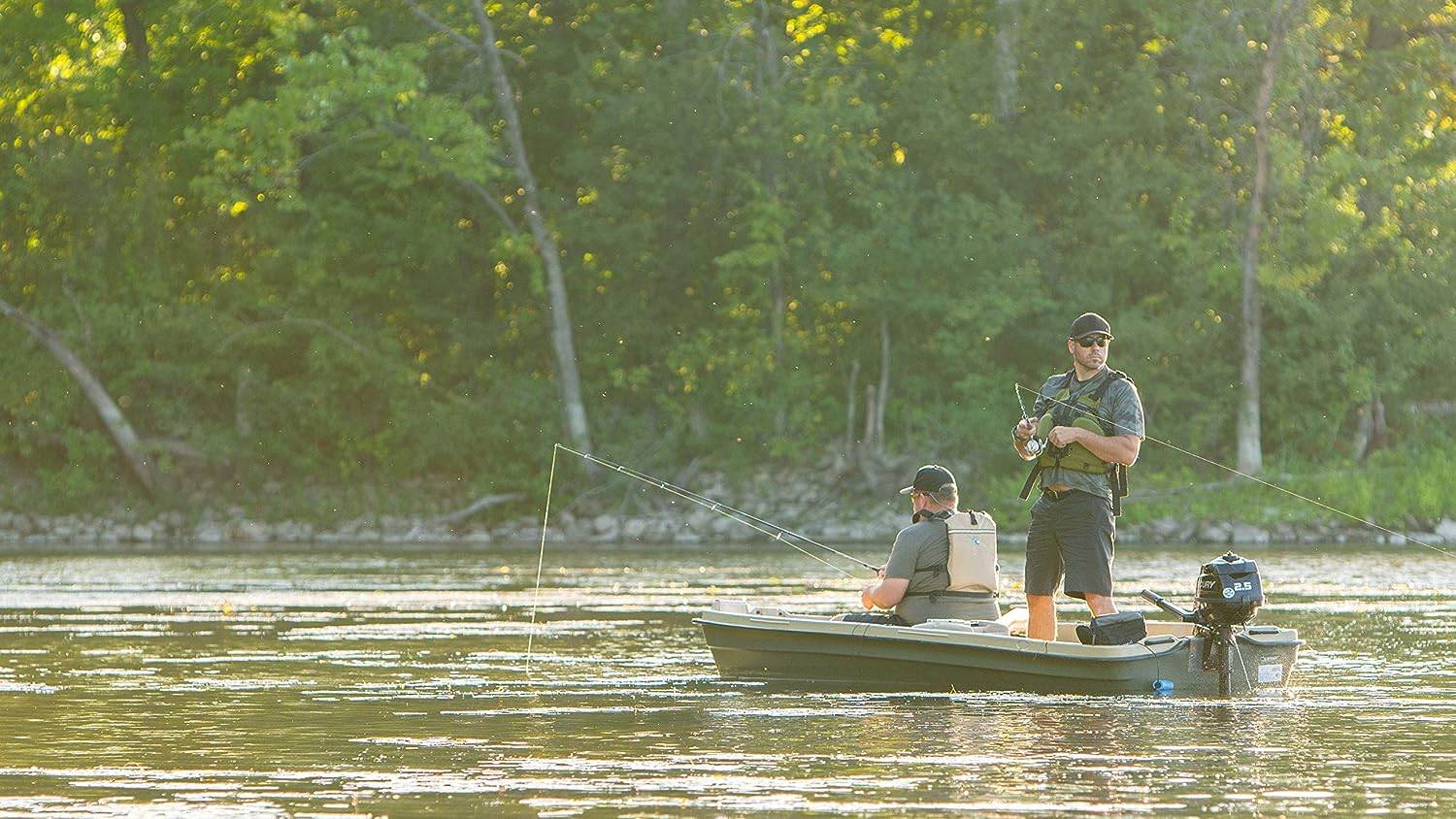Finding a complete list of all the saltwater fishing gear for beginners is surprisingly hard to find. Most places have general guides to saltwater fishing, but for the gear. So, we thought we’d create one to make your life easier.
However, something to keep in mind is that everyone’s choice in gear varies a little based on goals and how you fish. This is just a guideline, but feel free to switch anything on this list out for your preferences.
Saltwater Fishing Gear For Beginners: A Full List of What You Need
To make things easier, we broke down what you need into sections. With some optional and recommended saltwater fishing gear at the end.
1. Fishing License
Before you start fishing in any country or anywhere in the US, you need to get your fishing license. The US’s wildlife agencies then use this money for fish management, habitat restoration, and protection. This then helps to ensure that the wildlife stays the way it should, so we can all keep fishing without any problems.
Having a license is essential, and it’s in everyone’s best interest.
2. Fishing Rod & Reel … Or Net
One of the first choices you have when you go saltwater fishing is whether you want to use a fishing rod or a net. Or, you can also use both, which is also fun.
The main difference between the two is that a fishing rod and reel usually lets you catch larger and better (trophy) fish such as flounder or redfish. Whereas a fishing net lets you catch many smaller & more common fish. And it may also be easier. It’s the classic quality vs. quantity choice.
However, you can also do both and get the best of both worlds.
If you do want to choose one, though, the choice is yours. We find using a fishing rod a little more fun.
When using a fishing rod, you’ll want to go for a spinning wheel. For inshore fishing, we recommend a 4000 size reel.
If you feel a little adventurous and are looking to go offshore, you probably want to take your net with you. And for the reel size, we recommend going anywhere from 10,000 to 30,000, depending on how far out you go.
3. Lures & Bait
Next, you’ll also need artificial lures and bait.
For saltwater, having bait is better because fish are often more attracted to live bait. On the other hand, artificial lures won’t attract fish as easily but can be easier to get set up with. If you’re purchasing live bait in a shop, it can be a little more costly than lures.
However, if you’re out in nature and find your own bait, it would obviously be cheaper than using lures.
That being said, it’s your choice, and both can work well.
If you do want to go for lures, here are some pretty decent options:
- Paddletail soft plastic
- Gold spoon
- Berkeley Gulp Shrimp
- White Bucktail
4. Other Terminal Tackle & Essentials
Next, you’ll need some terminal tackle.
Any gear that is attached to the end of the fishing rod is called terminal tackle.
This includes:
- Hooks
- Swivels
- Bobbers
- Weights (Split-shots)
If you’re just starting, you should only need swivels, bobbers, pliers, and weights. Bobbers are used to ensure your bait and lures stay within the strike zone and don’t fluctuate.
We also recommend bringing small weights that you can attach to the line. This way, you can quickly add more weight to your line without having to cut your line. We recommend split-shots, which are very easy to add to your line and very effective.
Plus, you’ll also want to bring a pair of pliers with good cutters. They’ll be useful if you catch some unwanted species and want to get the hooks out. You’ll also be glad that you brought them when you want to cut the string as you won’t have to bite it to cut it.
And, you’ll also want to use them for clipping the split-shots to your line. So, they’re pretty essential. You can/should also use a fishing knife for cutting the bait or cleaning fish.
5. A Bucket
Self-explanatory, you need somewhere to keep the fish! Well, at least if you’re looking to keep them to eat.
6. Optional/Recommended
Lastly, we also wanted to cover some optional and recommended gear that you can use.
- Fish grip
- Gloves
- Stringer
The fish grip makes it a lot easier to handle the fish you catch. It only pinches the fish in its mouth, and it also doesn’t hurt it badly, so if you are just looking to get a quick picture and let it go, it’s perfect for it. Having gloves is hugely beneficial, as it will help you protect your fingers, and it will also make handling fish easier.
Additionally, we recommend using stringers as well when you are looking to keep the fish to eat.
Final Thoughts
That’s it! We hope you have enjoyed this list of saltwater fishing gear for beginners.
If you are looking to make a quick list of everything you need, check out the full recap below.
- Fishing license
- Fishing Rod & Reel and/or Net
- Lures & Bait
- Terminal tackle (swivels, bobbers, pliers, weights, etc.)
- Pliers & Fishing knife
- A Bucket
- Optional, but recommended(Fish grip, Gloves, Stringer)
Read More Guides, Tips & More on Fishing
If you would like to read some of our related articles, check out the links below.
Saltwater Fishing Gear For Beginners: Frequently Asked Questions
We also wanted to answer some frequently asked questions, which may help you as a beginner.
Where Can I Buy a Fishing License & How Much Does It Cost?
Buying a fishing license is quite easy. You can even buy one online.
Plus, local stores like Walmart sell them as well. If you are looking to fish regularly, then it makes sense to get a long-term fishing license.
At Walmart, there are the following options:
- One day license: $11
- Three-day license: $19
- Annual: $40
As mentioned earlier, the money from your fishing license is used for habitat restoration and protection, so it’s in everyone’s best interest to get one. And, you will also be fined if you don’t get one.
What Is The Best Time To Fish In Saltwater?
In general, the best times to go fishing are early in the morning when the sun starts to rise and in the evening when it goes down (assuming the weather is good). Make sure to check out a saltwater tide chart first as well to see when its best for your area,
How Can I Find Good Fishing Spots?
That’s the thing with fishing; many anglers don’t like to share their best spots. But, luckily, we’ve got some ideas that will help you find some good spots in the beginning.
- In local bait shops, ask the owners if they can give any advice. Sometimes, they’ll give you a general guideline of where to go.
- Keep an eye out for more experienced anglers and where they go.
- Search Google for any advice on your local area
- Go on an Adventure! Sometimes you find the best spots this way.
Share the Love
If you found this post useful, please let others know about it by sharing it.
Related Posts
If you found this post useful, please explore others posts.


